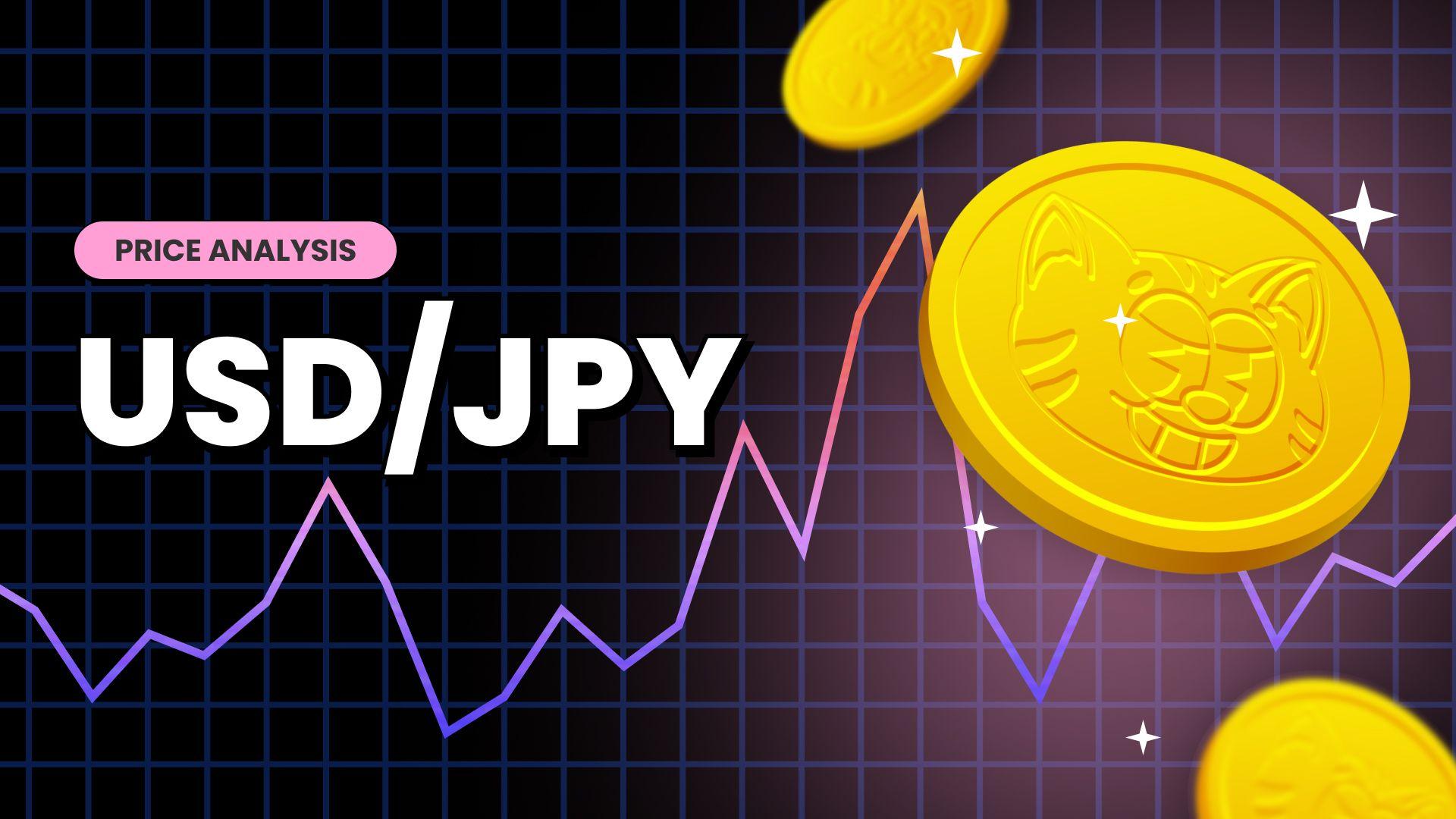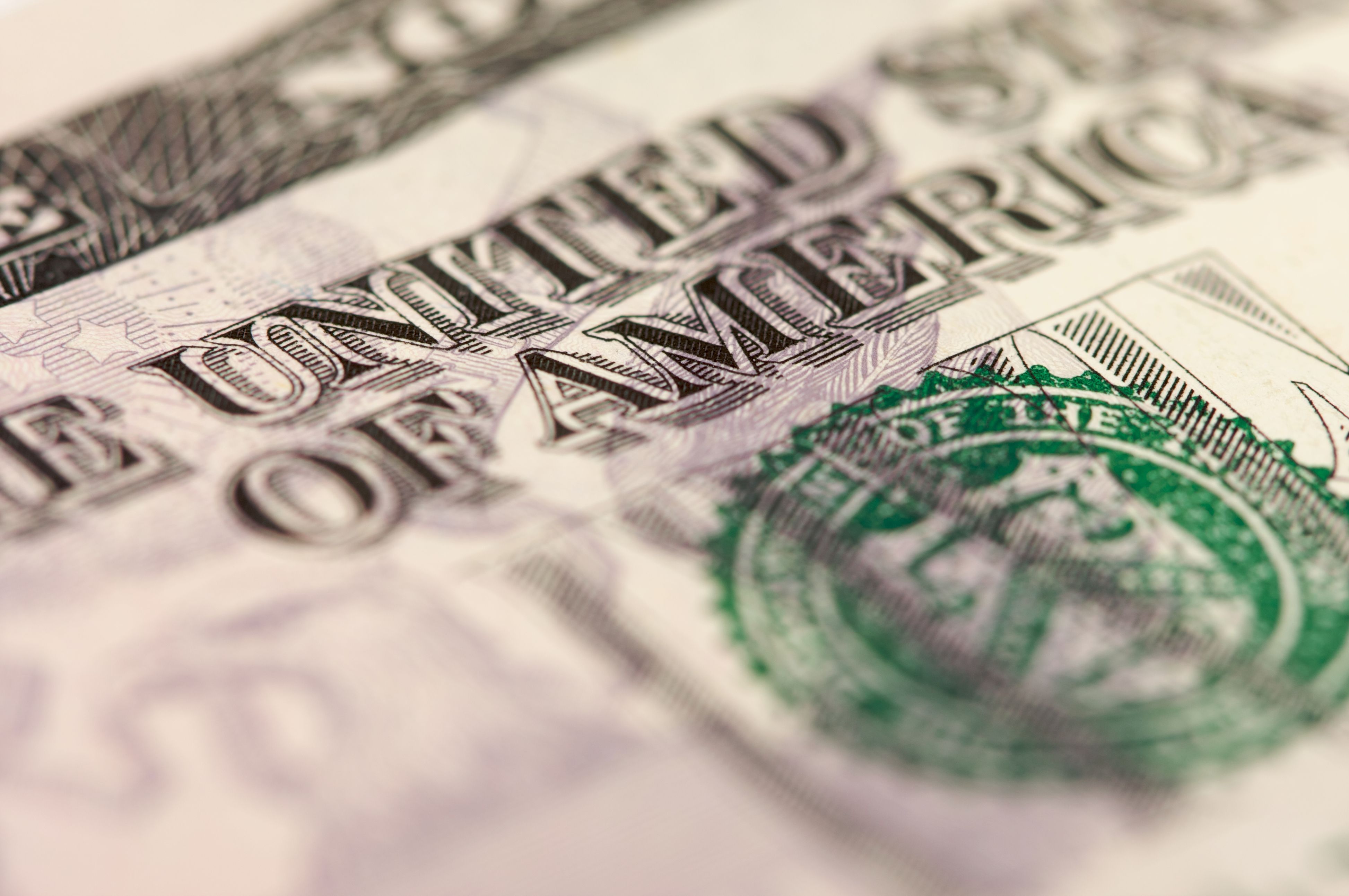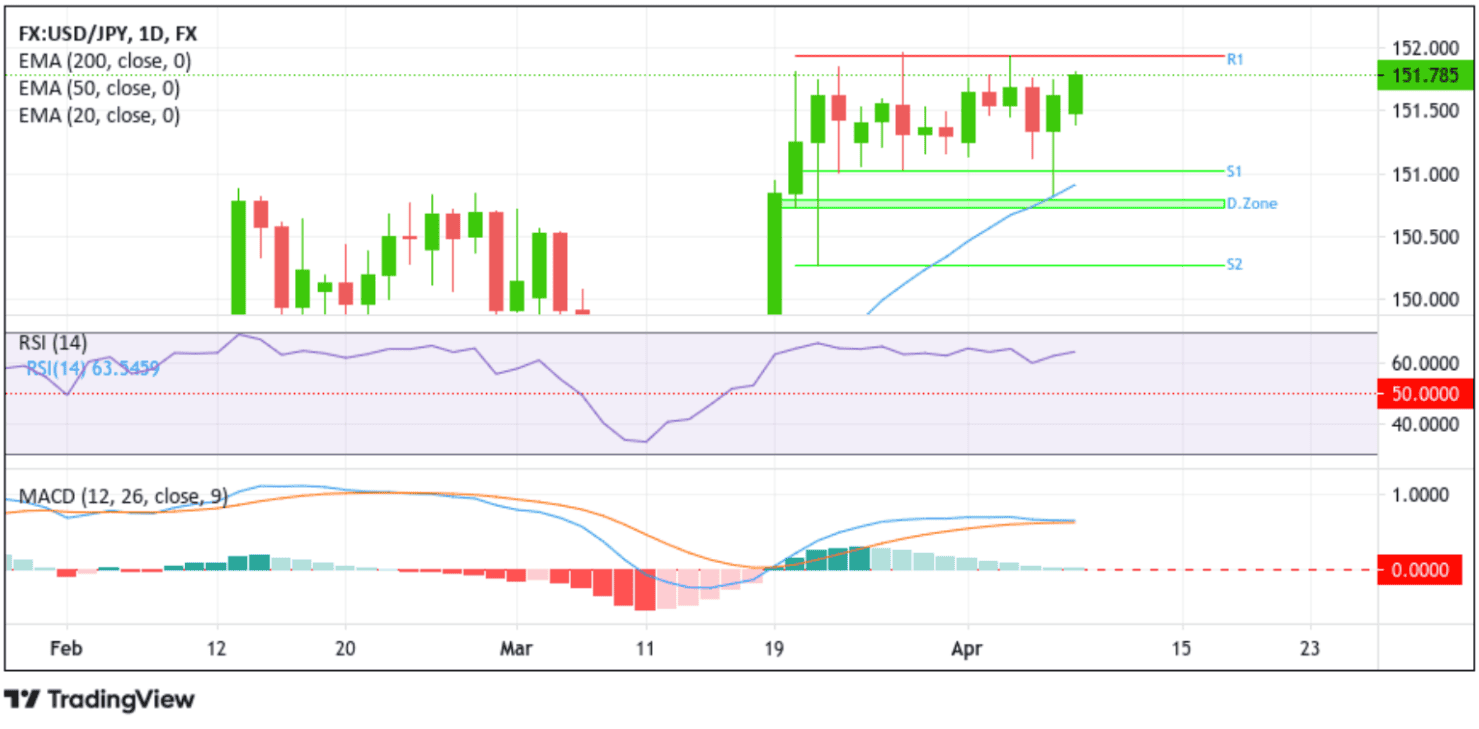Japanese Yen Trades Near Record Low But Still Remains Confined In A Familiar Range, U.S. CPI Data To Drive Price Action This Week






Key Takeaways:
- The Japanese Yen weakened past 151.700 per dollar on Monday during the Asian session on disappointing Japanese macro data
- Japan's current account surplus rises but misses estimates, which, in turn, weigh heavily on the Yen
- Stronger-than-expected March jobs report reaffirms market bets of a hawkish Fed during the May meeting, which extends heavy support to the greenback
- Uncertainty about the timing of the Fed rate cuts and speculations of BoJ intervention remain supportive of the Yen and might help limit further gains
- Markets look forward to the release of the key U.S. inflation data report on Wednesday, which is set to drive price action this week
The Japanese Yen weakened past 151.700 per dollar on Monday during the Asian session, moving further away from a two-week low (150.816) touched on Friday. Fresh, disappointing Japanese data released earlier today further weakened the currency.
A Japanese Ministry of Finance report released earlier today showed that Japan's current account surplus increased to JPY 2,644.2 billion in February 2024 from JPY 2,200.3 billion in the same month a year earlier. It was the 13th straight month of surplus in the current account, but less than the market consensus of a gain of JPY 3,112.5 billion. The primary income surplus was down to JPY 3,306.9 billion from JPY 3,450.4 billion a year ago. Meanwhile, the deficit of goods accounts narrowed sharply to JPY 280.9 billion from JPY 586.0 billion as exports grew by 5.5% while imports rose at a softer 1.4%.
Further weighing on the Yen are firm market expectations that the BoJ will not hike rates again this year despite hiking rates for the first time in 17 years during the March meeting. In fact, the bets were reaffirmed after the Minutes of the Bank of Japan Monetary Policy Meeting on January 22, and 23 showed that the Bank pledged to continue with its quantitative and qualitative monetary easing (QQE) with yield curve control this year.
In contrast, the Fed is expected to leave rates unchanged during the May meeting and start cutting rates during the third quarter of 2024, which remains supportive of the greenback and suggests the path of least resistance for the USD/JPY pair is to the upside.

In fact, the bets were further raised after a Friday report from the U.S. Bureau of Labor Statistics showed the U.S. labor market continues to be tight, adding leeway for the Federal Reserve to prolong its hawkish stance into 2024, if necessary, to lower inflation.
The U.S. economy added 303K jobs in March 2024, the most in ten months, compared to a downwardly revised 270K in February and forecasts of 200K. Additionally, Average hourly earnings for all employees on U.S. private nonfarm payrolls increased by 12 cents, or 0.3%, to $34.69 in March 2024, after an upwardly revised 0.2% rise in the prior month, in line with market forecasts. Over the past 12 months, average hourly earnings have increased by 4.1% in March, following a 4.3% advance in the prior month and matching market estimates.
The hot jobs reports follow several hawkish comments by top Fed officials in the past few weeks. If incoming inflation data this week is hotter than expected, it would reinforce the Fed's hawkish narrative of higher rates for longer.

Nevertheless, CME's Fed watch tool now shows Fed fund futures traders have priced in a 98.2% chance the Fed will leave rates unchanged at 5.25 – 5.5% during the May meeting, up from a 95.2 % chance one week ago. The watch tool reveals a greater chance of the first-rate cut during the June meeting, with the probability currently standing at 50.6%.
Despite this, speculations of BoJ intervention to prevent further yen freefall continue to support the Yen and might help cap the upside for the USD/JPY pair. This, along with uncertainty about the timing of the rate cuts and rising geopolitical risks, continues to temper investors' appetite for risk-perceived assets, which, in turn, benefits the Yen.
As we advance, without any significant market-moving economic news data, the Treasury bond yields and the general market risk sentiment will continue to influence U.S. dollar dynamics and ultimately provide directional impetus to the USD/JPY cross. The main focus, however, remains on the release of the key U.S. inflation data report on Wednesday.
Technical Outlook: One-Day USD/JPY Price Chart

The USD/JPY pair remains in a familiar range for the third week. The 151.846 - 150.873 region has supported spot prices and acted as pivotal points. However, the price broke below the lower limit of the range (150.873) on Friday before bouncing back from a key Demand zone ranging from 150.795 - 150.732 levels and later moving back above the aforementioned key support level (lower limit of the range) to close with modest gains above the 151.600 mark. As of press time, USD/JPY is trading with modest gains above the 151.700 mark and is trading within striking distance of the upper limit of the range. Meanwhile, the technical oscillators on the daily chart (RSI14 & MACD) are holding in positive territory and support prospects for an eventual break above the upper limit of the range. It is, however, prudent to wait for sustained strength above the trading range resistance before positioning for further appreciating moves.
On the flip side, the lower limit of the range (150.873 level) offers direct support for spot prices. A convincing move below this level will pave the way for a drop to tag the 20-day (blue) EMA level at 150.658, below which the pair could accelerate the fall toward the demand zone ranging from 150.795 - 150.732 levels. Sustained weakness below this zone would pave the way for an accelerated decline toward the 150.000 psychological mark, upon which, if this level fails to hold, the major currency pair could extend a leg down toward the 150.269 level en route to the 149.566 - 149.469 crucial zone.


